Yang Mao commune, Krong Bong district, Dak Lak province has 6 ethnic minority villages (including 1 Ede village and 5 M'nong villages) with 4,862 people.
Although life is still difficult, in recent years, villagers have made efforts to preserve traditional cultural heritages such as: stilt houses, gong sets, jars of rice wine, hgor drums, kpan chairs, jhung beds...
Village elder Y Coi Nie (Ama Bich) in Cho Kuanh hamlet is famous for being an exemplary person, enthusiastic, dedicated to the work of the village, dynamic, and good at economics. Not only that, he is also known as the person who has preserved many precious traditional objects of his family.
His family's stilt house has been renovated to be more spacious and sturdy, but still retains its traditional features. In his house, 3 sets of gongs of various types, 1 jar, 1 hgơr drum, 1 bronze tray, 1 set of bronze offerings, kpan chair... left by his ancestors are kept by him as treasures.
Village elder Ama Bich said: “All of these things were previously acquired by my wife’s parents who exchanged them for elephants, buffaloes, and cows. When they passed away, they told me to keep these things carefully, not to sell them, and not to let thieves steal them. Recently, many people have come to buy them at high prices, but I absolutely refuse to sell them, I have to preserve them for future generations.”

The many-year-old gongs, drums, and offerings are the great assets of the family of village elder Y Coi Nie (Ama Bich) in Cho Kuanh hamlet.
In Mnang Tar village, village elder Y Siek Nie (Ama Klih) still maintains the traditional weaving profession.
His family still preserves two long M'nong stilt houses and many valuable objects left by his father; the most valuable of which are two sets of gongs, two sets of gongs, two jars, one hgơr drum, one bronze pot, one kpan and one jhưng bed. Not everyone is lucky enough to have him share about the valuable objects he is keeping, especially strangers. The gong sets are cherished and carefully stored in the attic, many people want to see them, ask for information and want to take pictures but he does not agree.
Elder Ama Klih shared: “In the past, many families in the village had their gongs and ancient jars stolen by thieves. The gongs and ancient jars left by our grandparents have great spiritual value, so the family kept them very carefully, not just any stranger could touch them.”
Mghi and Tul villages are the two villages with the most families who still preserve their “treasures”. According to Mr. Y Thac Nie Kdam in Tul village (former Party Secretary of Yang Mao commune), in Tul village, about 80% of families still keep their stilt houses, many households still keep many years old items such as gongs, jars, drums, kpan chairs, which are very valuable...
Mr. Y Thac's family also kept a set of ancient gongs, the age of which is unknown. Or the family of village elder Y Xuan M Drang (Ama Slop) used to be well-off in the village, so they had elephants and many buffaloes and cows. His wife's parents traded the elephants for a set of gongs and jars.
As a village elder and a shaman, Ama Slop knows the value of these ancient gongs and jars, so he always preserves them carefully. Ama Slop always hopes that his children and everyone in the village will know how to carefully preserve the gongs and jars to use in ceremonies and leave them for future generations.

The gongs, drums, and Kpan chairs of village elder Y Siêk Nie (Ama Klih) in Mnăng Tar village are treasures of his family and village.
For Mrs. H Dat Eban (Ami Thanh, also in Tul village), although she does not know when the two sets of gongs and two jars of her family were made and does not know their value, she always cherishes them, considering them priceless assets of the family, especially the two ancient jars. Although the family's economy is still difficult, many people have offered to buy the gongs and jars at high prices, but she has refused. She said that no matter how difficult it is, she will not sell these items but will preserve them for her children and grandchildren.
As life becomes more and more developed, preserving the precious “treasures” of the village is also very difficult. Many village elders, seniors, and prestigious people in the villages in Yang Mao admit that some traditional festivals, ceremonies, or many precious objects, associated with the lives of the people for generations, are at risk of being lost.
Therefore, people really hope that, along with regularly opening gong classes, recreating festivals, organizing competitions and festivals, the authorities need to pay more attention to raising people's awareness of preserving traditional cultural values; building and restoring gong cultural spaces so that the preservation and promotion of traditional cultural values must come from the spiritual needs of the people here. Only by doing so can it be preserved in a sustainable way...
Tung Lam (Dak Lak Newspaper)
Source: https://baophutho.vn/nhung-nguoi-luu-giu-bau-vat-cua-buon-lang-220082.htm


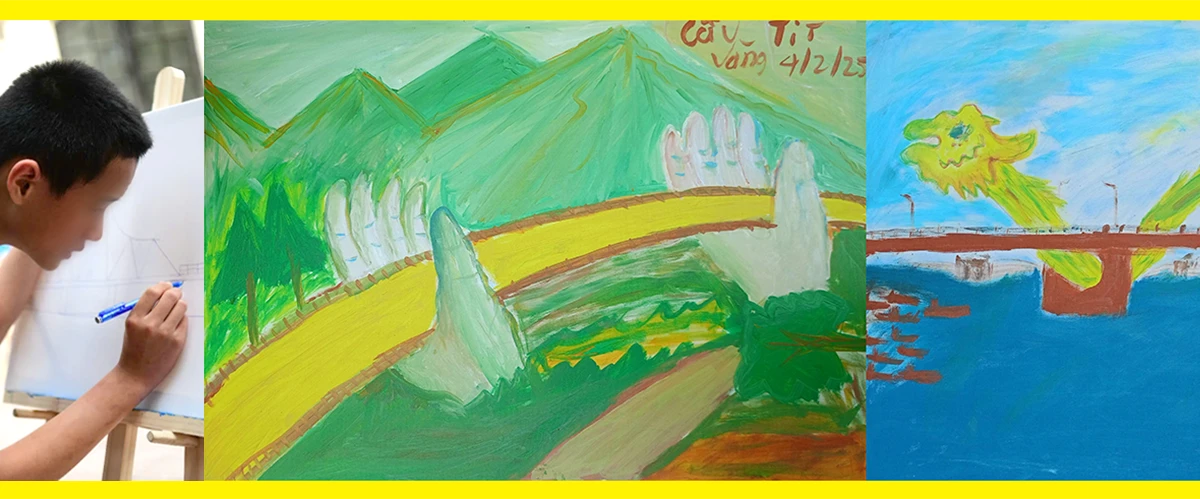
![[Photo] General Secretary To Lam receives King Philippe of Belgium](https://vstatic.vietnam.vn/vietnam/resource/IMAGE/2025/4/1/e5963137a0c9428dabb93bdb34b86d7c)
![[Photo] President Luong Cuong and King Philippe of Belgium visit Thang Long Imperial Citadel](https://vstatic.vietnam.vn/vietnam/resource/IMAGE/2025/4/1/cb080a6652f84a1291edc3d2ee50f631)
![[Photo] Close-up of Vietnam's sniffer dog team searching for earthquake victims in Myanmar](https://vstatic.vietnam.vn/vietnam/resource/IMAGE/2025/4/1/d4949a0510ba40af93a15359b5450df2)
![[Photo] Prime Minister Pham Minh Chinh meets with King Philippe of Belgium](https://vstatic.vietnam.vn/vietnam/resource/IMAGE/2025/4/1/be2f9ad3b17843b9b8f8dee6f2d227e7)


















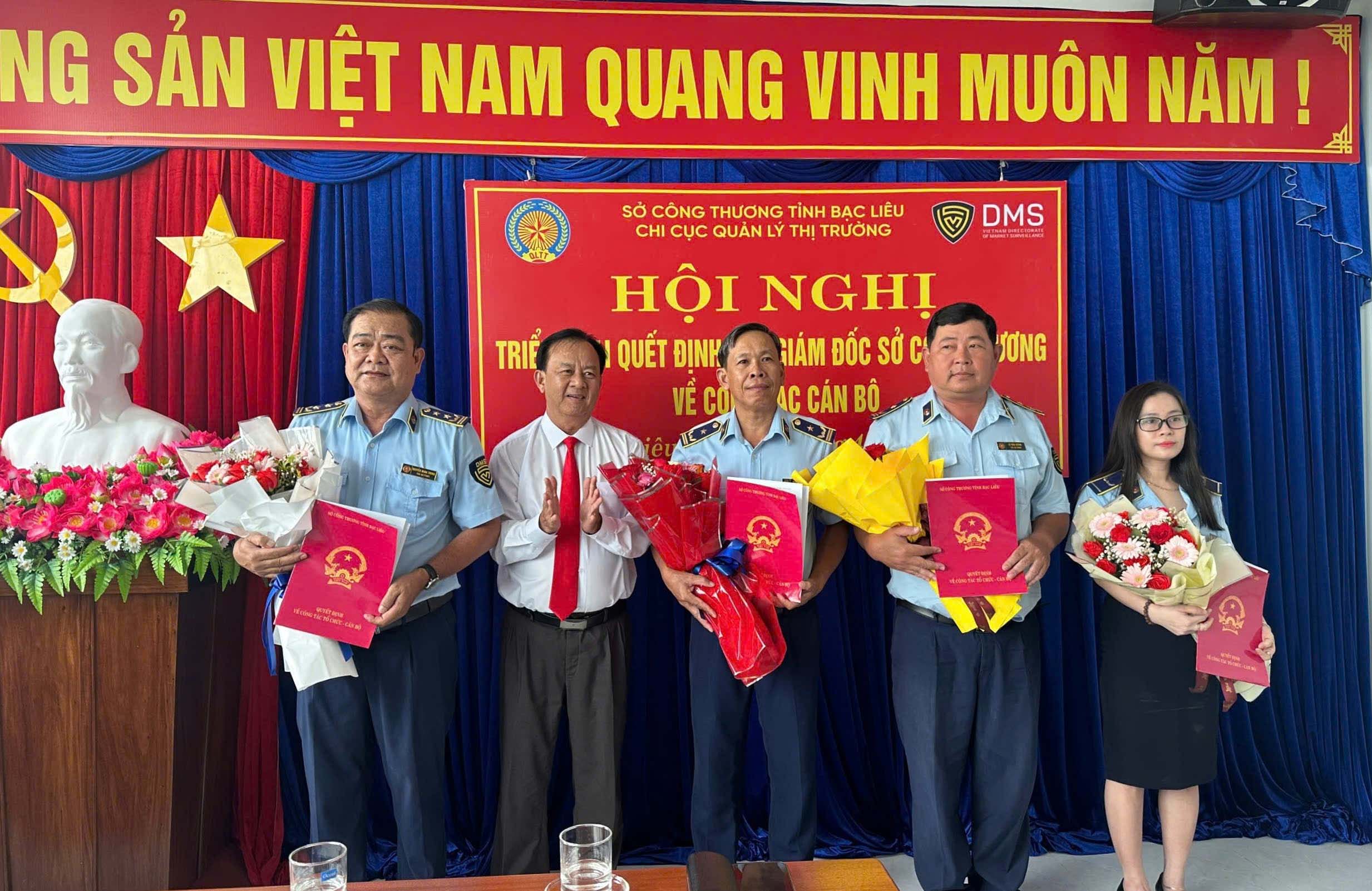
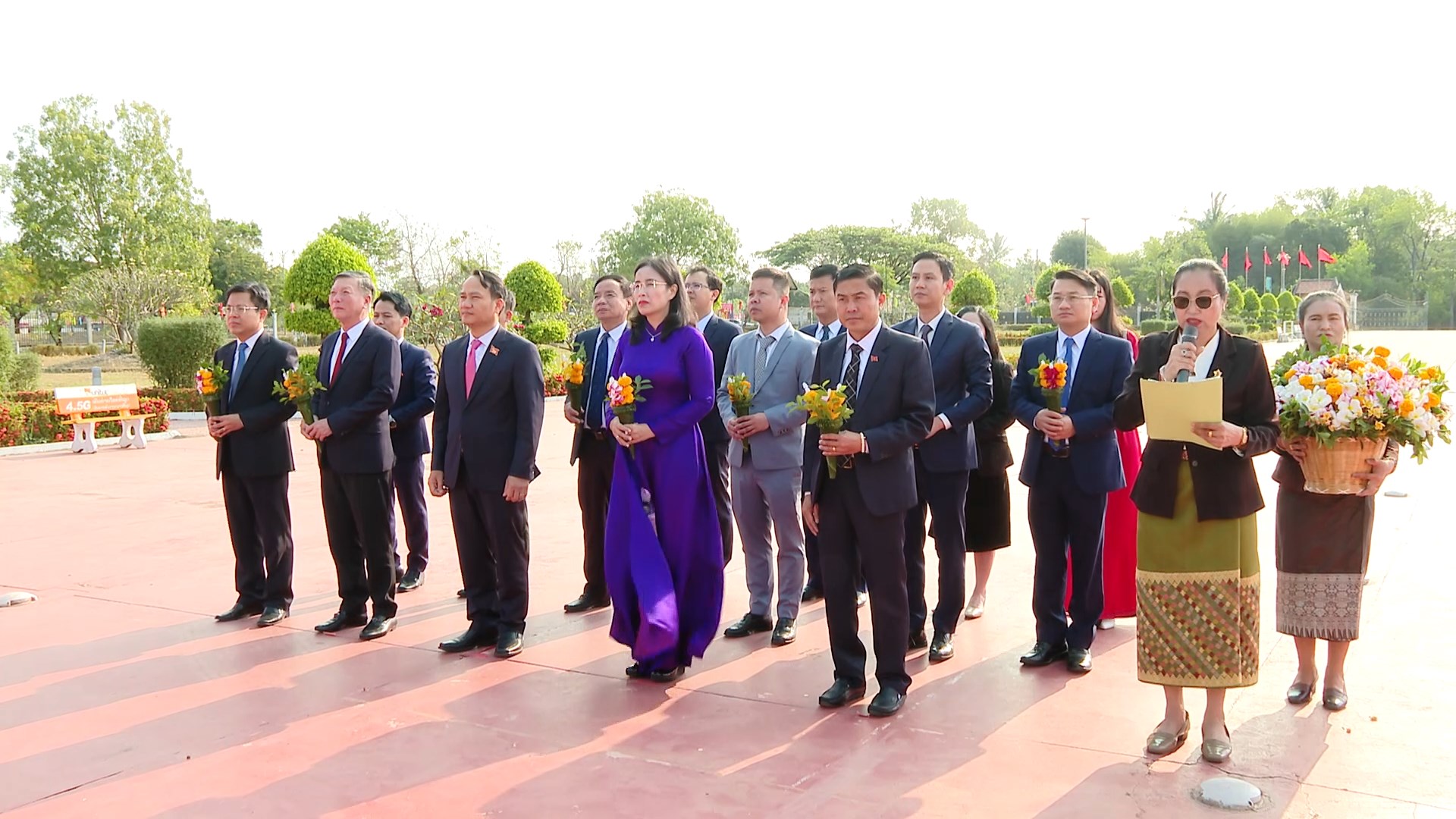

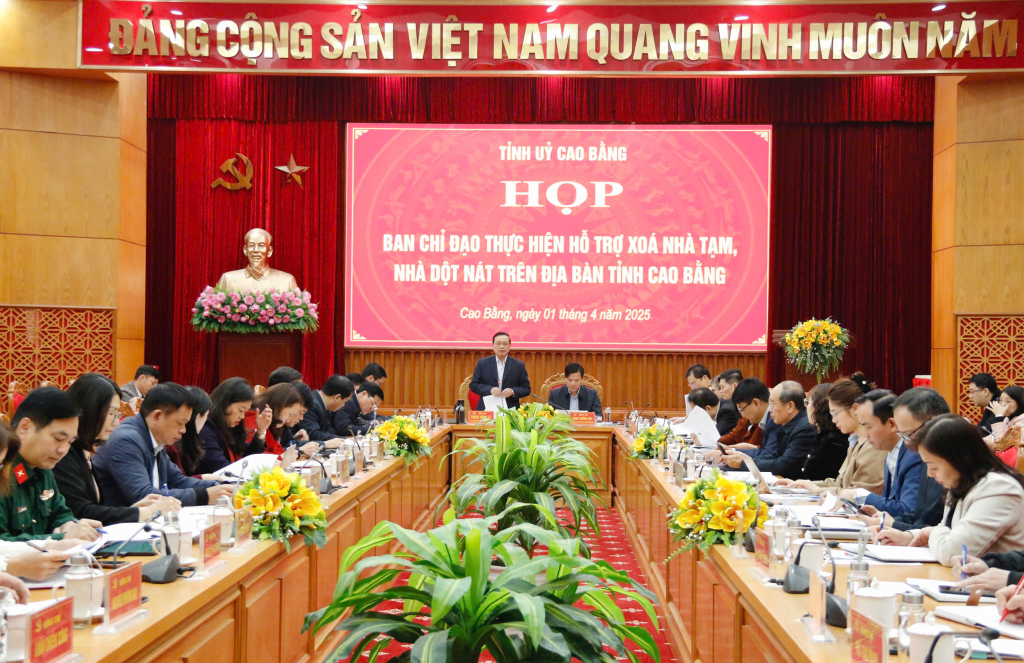


![[Photo] Myanmar's capital in disarray after the great earthquake](https://vstatic.vietnam.vn/vietnam/resource/IMAGE/2025/4/1/7719e43b61ba40f3ac17f5c3c1f03720)

















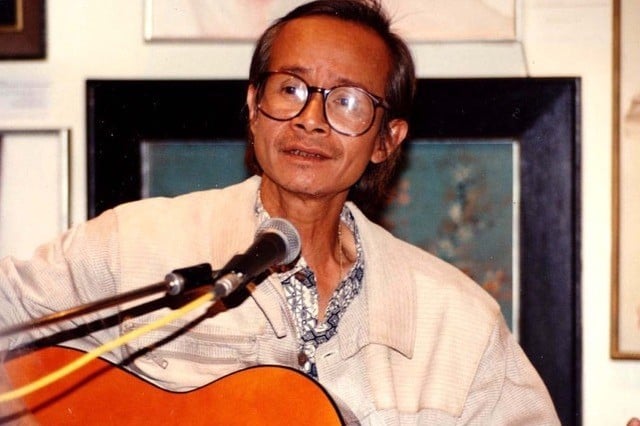













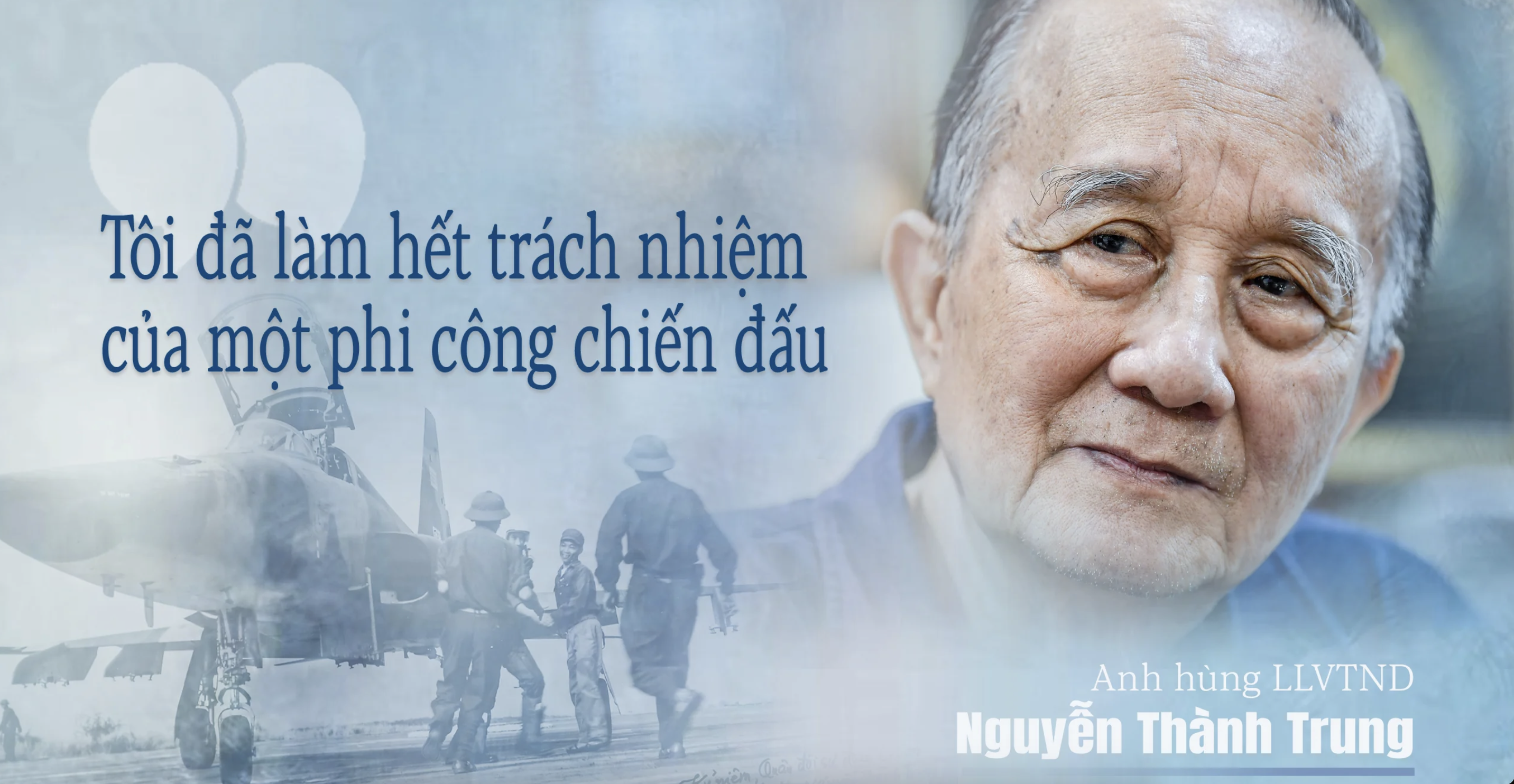





















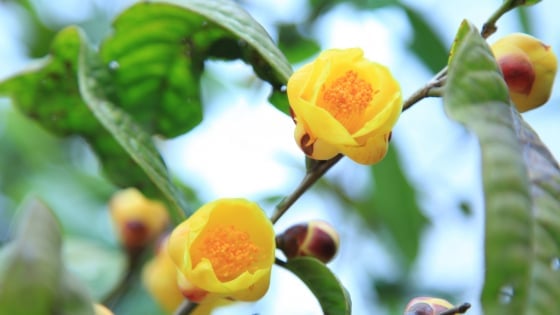

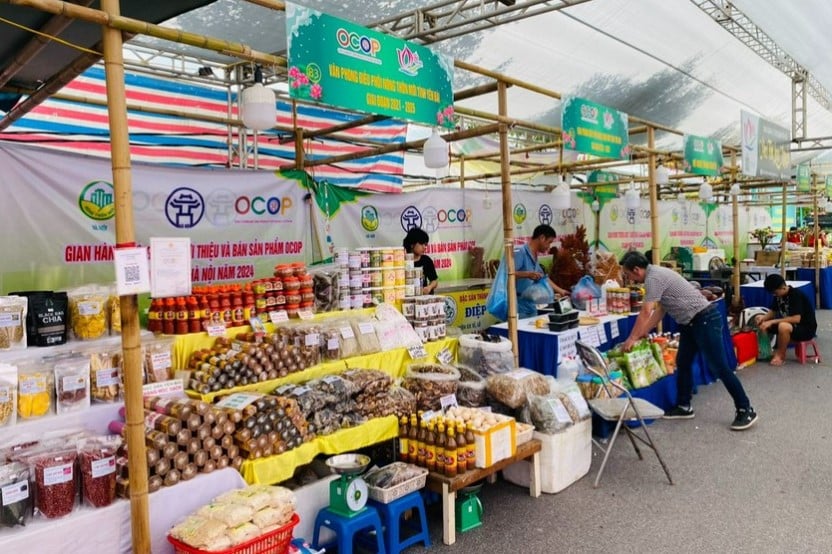
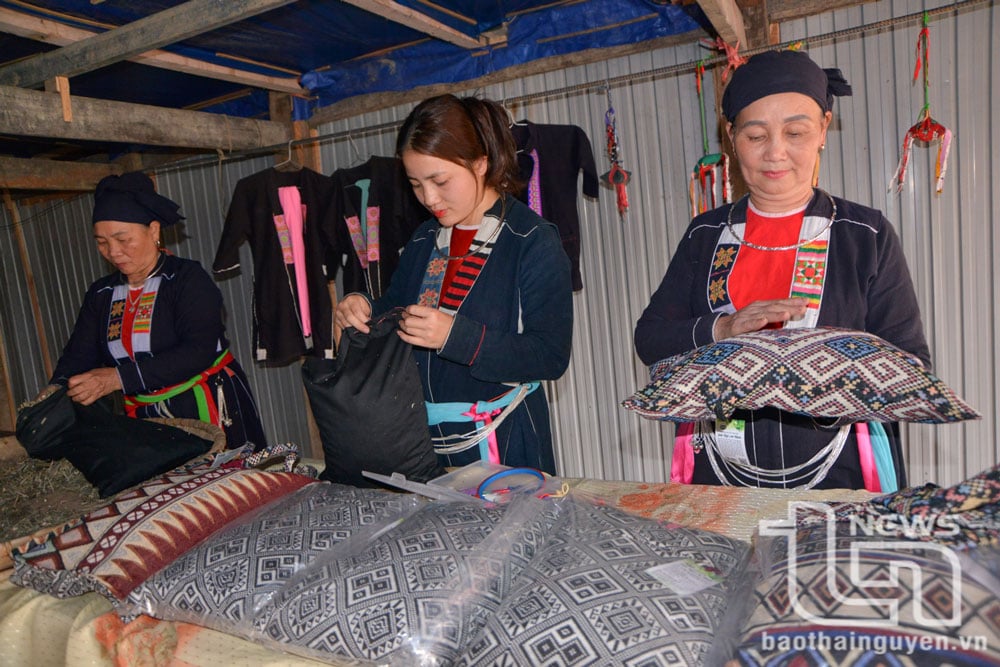



Comment (0)